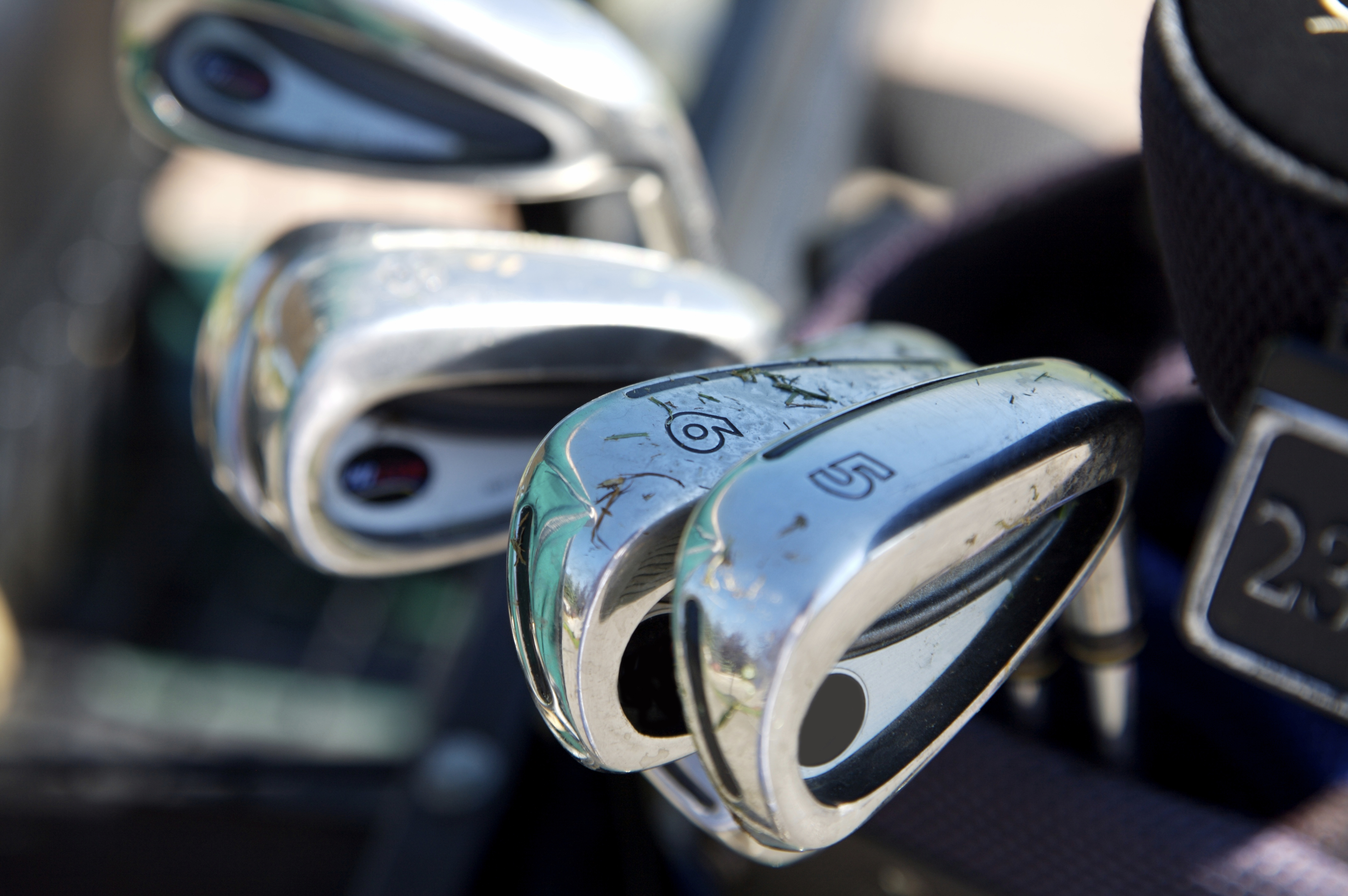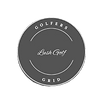
How To Choose Golf Club
Golf clubs are a painstaking purchase. When you find yourself using clubs that do not fit your swing, you will surely not get the most out of your clubs – worse you can end up developing poor golfing habits to adapt your swings.
By collecting the right golf set, you will enjoy more and shoot lower scores in each game. So, it is worthwhile to conduct research before trading off your hard-earned money for the best golf clubs your can afford.
The market could be crowded with different models and options but sticking to a how-to choose golf club guide should ease the buying process. Below are the five best tips on how to choose a golf club set and pick the best golf club set.
Understanding the Different Types of Golf Clubs
Before diving into buying strategies, it’s essential to understand what makes up a set of golf clubs. A full set is legally limited to 14 clubs, but beginners often start with a smaller, more manageable package set. Here are the main categories:
- Driver: The longest club with the largest head, used for hitting the ball the maximum distance off the tee on long holes. Key features to look for are loft, forgiveness, and adjustability.
- Fairway Woods: Shorter than a driver with smaller heads, fairway woods (like a 3-wood or 5-wood) are versatile clubs used for long shots from the fairway or as an alternative to the driver off the tee.
- Hybrids: A modern blend of a fairway wood and an iron, hybrids are designed to be easier to hit than long irons (like a 3, 4, or 5-iron). They are excellent for beginners and players who struggle to get the ball airborne from the fairway or light rough.
- Irons: The core of your set, used for approach shots into the green from various distances. They are numbered (typically 4 or 5 through 9), with lower numbers hitting the ball further.
- Wedges: These are your scoring clubs, used for short shots around the green, from bunkers, and for precise distances. Common wedges include the Pitching Wedge (PW), Gap Wedge (GW), Sand Wedge (SW), and Lob Wedge (LW).
- Putter: Arguably the most important club in the bag, used on the green to roll the ball into the hole.
1. Be Realistic About Your Skill Level
Although you may not be officially handicapped, you have a rough idea of your skill set and level. For a beginner, track your scores. You will have to be honest with yourself about the state of your game because most clubs are manufactured with a specific skill-level class in mind.
To help, here’s a general breakdown of player categories:
- High-Handicapper / Beginner (Handicap 20+): A player who is new to the game or shoots scores typically over 95-100. The primary focus for this player is forgiveness, distance, and getting the ball in the air easily.
- Mid-Handicapper (Handicap 10-19): A player who is becoming more consistent, typically shooting in the 80s to low 90s. This player looks for a blend of forgiveness and feel, with a bit more control.
- Low-Handicapper (Handicap 0-9): An advanced player who shoots in the 70s consistently. This player prioritizes control, feel, and the ability to shape shots over maximum forgiveness.
As such, because you fancy the look of Rory Mcllroy’s blade irons, it does not necessarily mean that they will help your game, particularly if you are a twenty-handicapper. The same line of thinking applies to most fairway woods, forgiving drivers, putters, and wedges. Choose clubs designed for your actual game, not the game you wish you had.
2. Note your weaknesses and strengths
Your handicap, assuming you have one, gives you a rough idea of your ability. However, take time to evaluate your game more before considering any purchase.
Ask yourself specific questions about your typical round:
- Off the Tee: Do you consistently slice the ball (a big curve to the right for a right-handed player)? If so, you should look for a “draw-biased” or “slice-correcting” driver.
- From the Fairway: Do you struggle to get your long irons into the air? This is a clear sign you would benefit greatly from hybrids.
- Around the Greens: Do you lack confidence from bunkers? A sand wedge with the correct “bounce” for your local course conditions can be a game-changer.
- On the Greens: Are you inconsistent with your putting distance? A heavier, more stable mallet putter might help more than a traditional blade.
Manufacturers are constantly on the lookout for how to help beginner golfers, and new technology can be a game-changer, particularly when it is matched with the type of golfer is it designed to help. Whether it is a greater distance, more forgiveness, or tighter dispersion, there is certainly a perfect golf club for you out there. So, draft a list detailing your weaknesses and strengths.
3. Peruse our reviews
Who buys a car without going through the latest reviews? The same applies when picking golf clubs – and that said, you can begin by reading Golfers Grid reviews.
Whether you are looking for a new fairway wood, driver, wedges, hybrid irons, or putter, we have plenty of technical editors constantly testing new golfer gears on the market.
You can also check how some of our followers and readers are fair with custom fittings. We often put golf clubs against each other to give you a better idea of performance.
4. Get custom-fitted
Diversity means with are all different inside and shape and so are our swing characteristics. It means that having a custom-fitted golf club is so pivotal. If you are planning to spend huge sums of money on golf clubs, it is reasonable to have dialed in for your golfing needs.
With custom fitting, you will know your launch angle, attack angle, the ball and club speed, and so forth, including recommendations on how to choose a golf club size. A fitter uses a launch monitor to measure this data and will let you test different club heads and shafts to find the perfect combination. Key fitting parameters include:
- Shaft Flex: Matching the shaft’s stiffness to your swing speed is crucial for both distance and accuracy. (e.g., Senior, Ladies, Regular, Stiff, X-Stiff).
- Club Length: Based on your height and arm length, ensuring you can make a comfortable, athletic swing.
- Lie Angle: The angle of the club head at impact, which affects the direction of the shot.
- Grip Size: Proper grip size ensures your hands can work correctly throughout the swing.
Having a chat with a qualified PGA professional on how to choose a golf club length and getting them to watch your game is a plus on your purchase decision.
The expert advice is well worth the premium custom fitting fee – in any case, it gets waived once you make a purchase.
5. Finding a deal
While custom fitting is the most recommendable option, if you understand what you want and you are comfortable getting your golf club from the shelf, do some shopping after learning how to choose a golf club for a shot.
At Golfers Grid, we source information about the best deals for all golf gears to let you build the golfing set you exactly desire.
We also develop a plethora of buyers’ guides on all game aspects, including best golf drivers , best golf tops, best golf nets, how to choose a golf club driver , how to choose a golf club management company, how to choose a golf club flowchart, how to choose a golf club based on the distance to pin, how to choose a golf club grip size, how to choose a golf club grip size, and how to choose a golf club brand. These guides are worth a read for buying advice.
So, this season do not go it alone when making a momentous decision about such a substantial purchase, let us assist you to pick the best golf club!




